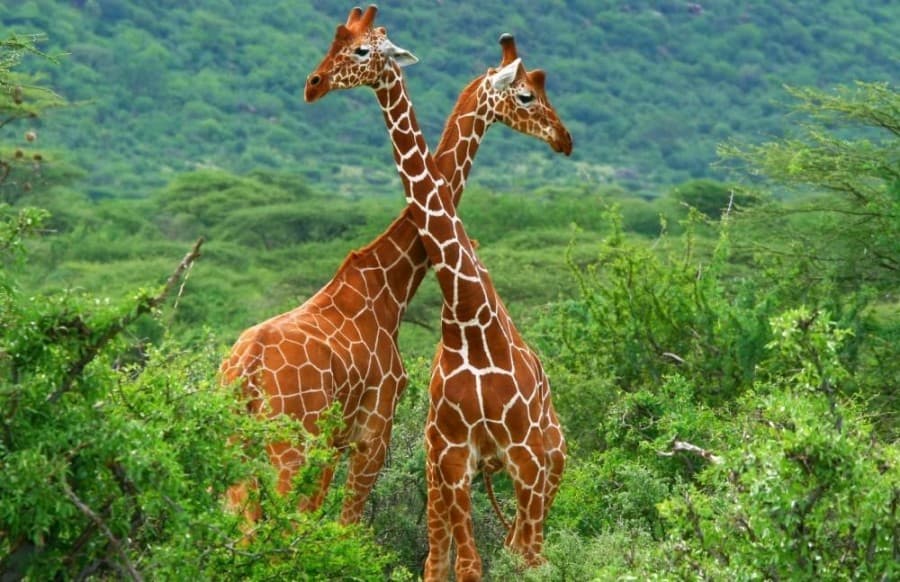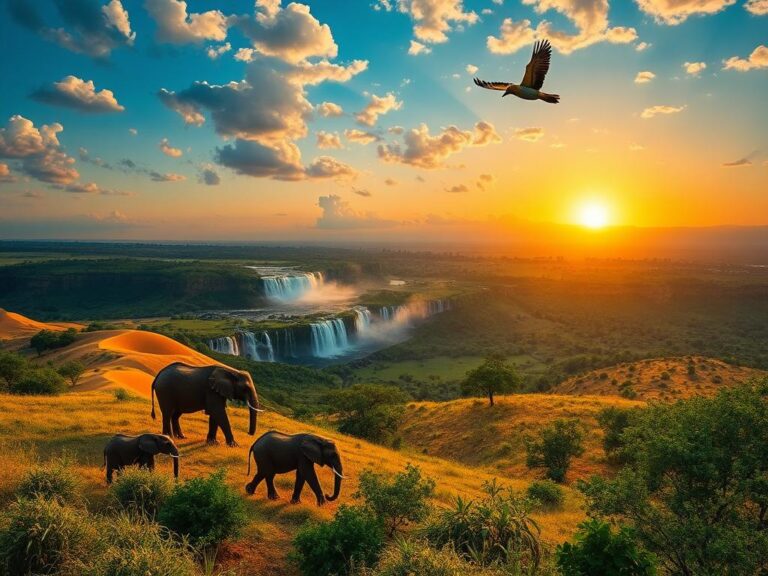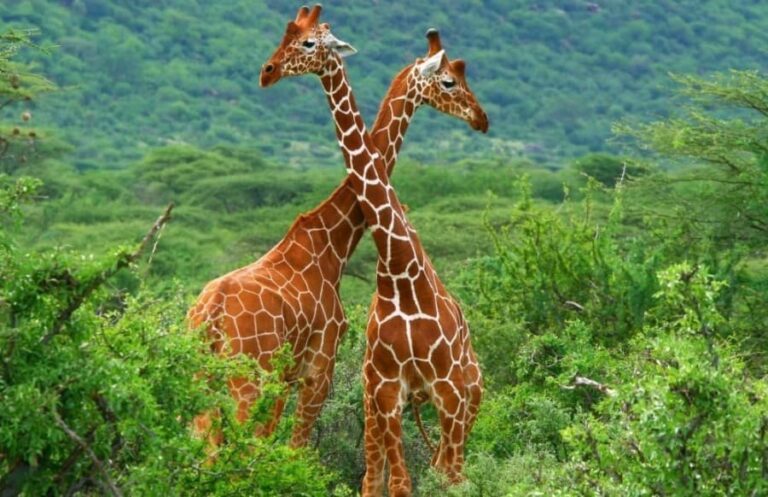
Best Time to Do a Safari in Kenya: Unveiling the Magic of Wildlife Adventures
Best time to do a safari in Kenya? This question resonates with every traveler eager to immerse themselves in the wild beauty of this African gem.
With its diverse ecosystems, captivating wildlife, and vibrant cultures, Kenya is the ultimate safari destination.
Each season brings unique experiences that can transform an ordinary trip into an extraordinary adventure.
In this article, we will explore the best times to embark on a safari in Kenya, breaking down essential factors such as wildlife movements, weather patterns, and personal preferences.
By the end, you’ll be equipped with the knowledge to plan your dream safari that suits your desires and expectations.
The Great Migration: A Spectacle You Can’t Miss
The Great Migration, occurring from July to October, is a breathtaking phenomenon that sees millions of wildebeest and zebras cross the plains of the Maasai Mara.
This migration is driven by an instinctual search for fresh grazing grounds.
Witnessing this massive movement of wildlife is unforgettable and often regarded as the pinnacle of safari experiences.
Experts like wildlife photographer Nick Brandt say, “There’s no other wildlife event on the planet quite like it.”
During this time, visitors have the potential to spot predators like lions and crocodiles engaging in dramatic hunts, creating a picture-perfect safari moment.
The Maasai Mara is teeming with activity, making it an ideal location for safari-goers.
With lush landscapes framing your wildlife encounters, expect breathtaking photographs full of vibrant colors.
Remember to check in advance the best locations for viewing during this time.
In addition, consider guided safari tours that specialize in the Great Migration to enhance your experience.
Dry Season: Optimal Conditions for Game Viewing
The dry season spans from June to October, and this period stands out for game viewing as animals cluster around shrinking water sources.
This naturally makes wildlife easier to spot against the sparse backdrop.
Moreover, clear skies and reduced foliage enhance visibility for those picture-perfect moments you’ll always remember.
In fact, many safari enthusiasts argue that the dry season is the best time for photography due to the stunning lighting conditions.
Renowned Kenyan guide Richard T. asserts, “Game viewing in the dry season presents unparalleled opportunities. Animals are concentrated, and the scenery is beautiful.”
Planning a safari during this season is surely a fantastic opportunity to witness the raw power of nature.
Short Rains: A Hidden Gem for Wildlife Enthusiasts
From November to December, the short rainy season often deters some tourists due to the unpredictable weather.
However, this season presents an ideal window for seasoned wildlife watchers, featuring lush greenery for stunning landscapes.
The bonus of fewer tourists means that you will enjoy a more intimate experience with wildlife, as they remain more active.
This is also the time for unique birdwatching, as migratory birds flock to the country, showcasing a kaleidoscope of colors.
A wildlife scholar, Dr. Samira le Roux, notes, “The short rains create optimal habitats for many species, making it a splendid time to explore.”
Planning your safari during the short rains can lead to mesmerizing encounters and quieter game parks.
If you’re an avid photographer, the scenery during this time is nothing short of spectacular.
As the landscape transforms into a varied palette of greens, every shot taken seems to tell a story.
Additionally, consider booking a safari lodge or camp offering fewer guests during this season, allowing for a cozy and personalized experience.
Calving Season: An Exciting Time for Predators and Prey
January to February marks the calving season in the Maasai Mara and Amboseli regions.
During this captivating time, many wildebeest and other herbivores give birth, leading to a surge in activities among predators.
It’s a magnetic attraction for giraffes, elephants, and numerous predators, creating an exciting playground of life and death.
Ecologist and expert Dr. Marjorie Juma shares, “Calving season is a prime time to witness nature’s drama unfold as prey and predator interact in remarkable ways.”
Expect thrilling wildlife encounters that punctuate your safari adventure.
Moreover, this season offers optimal wildlife viewing with angered lions, poised leopards, and stalking lions.
Simply sitting back, watching nature unfold, is an unparalleled experience.
However, be sure to pack your camera for action shots that capture the essence of the wilderness!
Shoulder Seasons: A Unique Safari Experience
The shoulder seasons, typically in March to May, are often underestimated due to the long rainy spell.
While some may flee during this time, courageous travelers will find unique perks.
With fewer crowds, lower prices, and greener landscapes bursting with life, those who dare visit during this time can enjoy an enriched experience.
Acclaimed Kenyan tour operator Kendi Sanjuro notes, “Visiting during the shoulder season can significantly enhance your safari experience while benefiting your wallet.”
Many parks remain accessible, and the diverse wildlife remains active, creating an eagerness to participate in nature’s performance.
Plus, you’ll feel a sense of calm as you navigate through the national parks with fewer people.
Imagine sipping your coffee in the mornings, surrounded by the sweet symphony of nature—it’s an experience like none other!
Birdwatching Bonanza: Peak Seasons for Feathered Friends
If birdwatching is high on your priority list, the best times to explore Kenya’s stunning species range from November to April.
This time coincides with the rainy seasons, when migratory birds grace the skies of Kenya in spectacular displays.
You’ll have the chance to witness extraordinarily vibrant birds that can transform your safari into a vivid tapestry of colors.
As safari expert Marla Wingate advises, “Kenya provides birdwatchers with unrivaled opportunities to observe numerous species, many of which are at their peak during the rainy seasons.”
The presence of various bird species can enrich your photography as they present new subjects to focus on.
Consider combining birdwatching with regular safari visits to create a more comprehensive wildlife experience.
With binoculars in hand, you’ll witness nature’s vibrant avian beauty firsthand!
Wildlife Abundance: Understanding Seasonal Patterns
It’s essential to recognize the overarching patterns in wildlife abundance throughout the year.
The dry season witnesses a dramatic clustering of animals around scarce water sources.
However, the rainy months foster a remarkable surge in birth rates and robust wildlife activity.
Both seasons offer a distinctly different safari experience; understanding these patterns will enhance your adventure.
Dynamic wildlife viewing ensures every safari is a fresh experience; no two safaris will ever be the same.
Your choice of season will determine the vibrancy and dynamics of encounters with both predators and prey.
Planning is key for an enriching and successful safari.
Hot Air Balloon Safaris: A Year-Round Adventure
For those seeking adventure beyond traditional safari vehicles, hot air balloon safaris offer breathtaking views of the Kenyan landscape.
These balloon tours are available year-round but are particularly stunning during the dry season when conditions are optimal.
Envision a birds-eye view of wildlife roaming beneath you—it’s an unforgettable perspective!
Famed travel writer Lila Thompson notes, “Hot air balloon safaris add a unique twist to the safari experience, providing an aerial view of the stunning landscapes.”
This is perfect for capturing unique photographs, creating memories that last a lifetime.
Balloon safaris typically start early in the morning, enriching your day with breathtaking sunrises and sightings of animals waking up to a new day.
Be sure to book in advance as these experiences can fill up quickly, especially during peak season.
High Season Pricing: Budgeting for Your Adventure
As mentioned prior, planning your safari adventure involves several factors, including budgeting.
Be aware that peak seasons such as July to October typically come with higher prices for accommodations and park entry fees.
To economize, early planning and booking can go a long way in securing deals while ensuring you fully experience your desired activities.
Travel experts recommend being flexible with travel dates and seeking alternative lodging options for savings.
Additionally, consider joining group tours which may reduce individual costs while enhancing your wildlife experience.
There’s something magical about sharing the adventures of Kenya with like-minded adventurers!
Conclusion: Navigate Your Safari Timing Wisely
In conclusion, the best time to do a safari in Kenya is dependent on varied factors including wildlife movements, weather patterns, and personal preferences.
From the captivating Great Migration to the serene silence of the rainy months, each season offers distinct experiences worth exploring.
Whether you’re a passionate photographer aiming for the perfect snapshot, an enthusiastic birdwatcher waiting for colorful species, or a wildlife lover wanting to witness dramatic predator-prey interactions, there’s a perfect time for everyone.
Plan wisely, embrace the adventure, and immerse yourself in the captivating beauty that Kenya offers.
Your safari journey awaits!
Frequently Asked Questions
What is the best time to see the Great Migration?
The Great Migration can be best witnessed between July and October.
During this period, millions of wildebeest and zebras travel across the Maasai Mara, creating an unforgettable experience for safari-goers.
When is the dry season in Kenya?
The dry season lasts from June to October.
This is the optimum time for wildlife viewing, as animals congregate near water sources due to scarce rainfall.
Is the rainy season a good time for a safari?
Yes, the short rains from November to December can offer unique wildlife experiences and fewer crowds.
The lush landscapes also provide excellent photographic opportunities.
When is the best time for birdwatching in Kenya?
Birdwatching is top-notch from November to April during the rainy seasons when many migratory species flock to Kenya.
This is a vibrant period for birdwatchers!
Are hot air balloon safaris available year-round?
Yes, hot air balloon safaris are operational throughout the year, although the dry season offers optimal weather conditions for the experience.
It’s a breathtaking way to view the Kenyan landscape and wildlife.
Share your thoughts, experiences or questions about the best time to do a safari in Kenya in the comments below!


